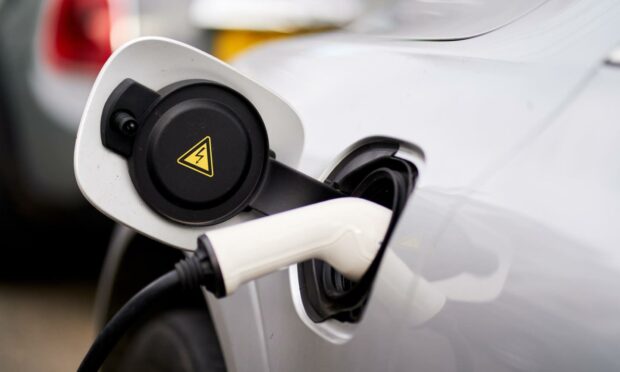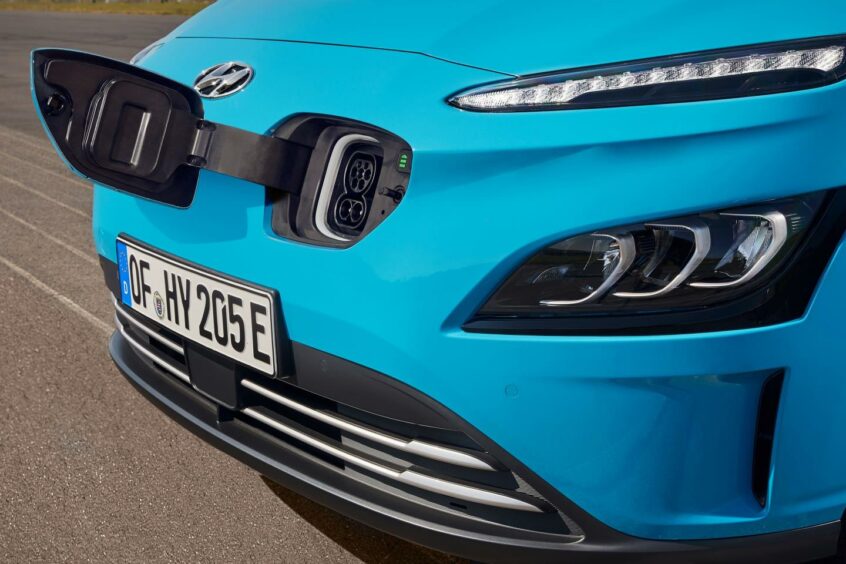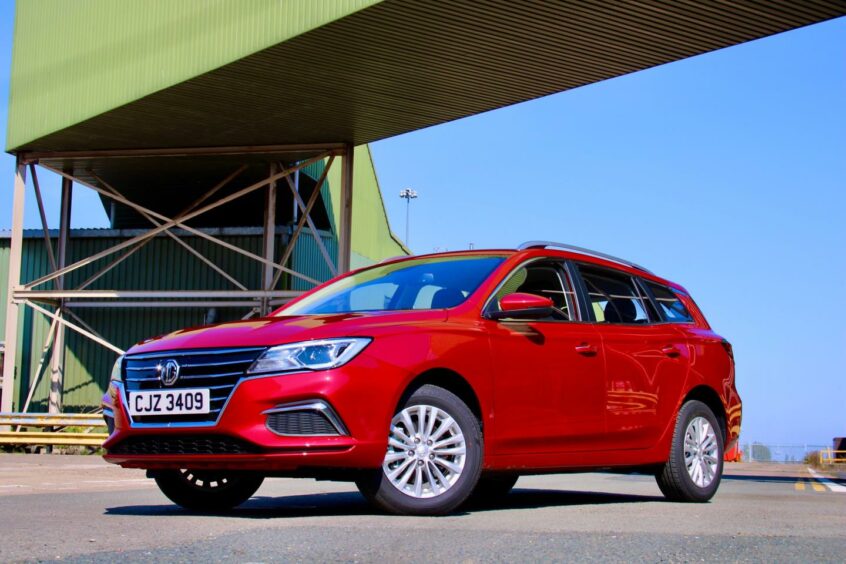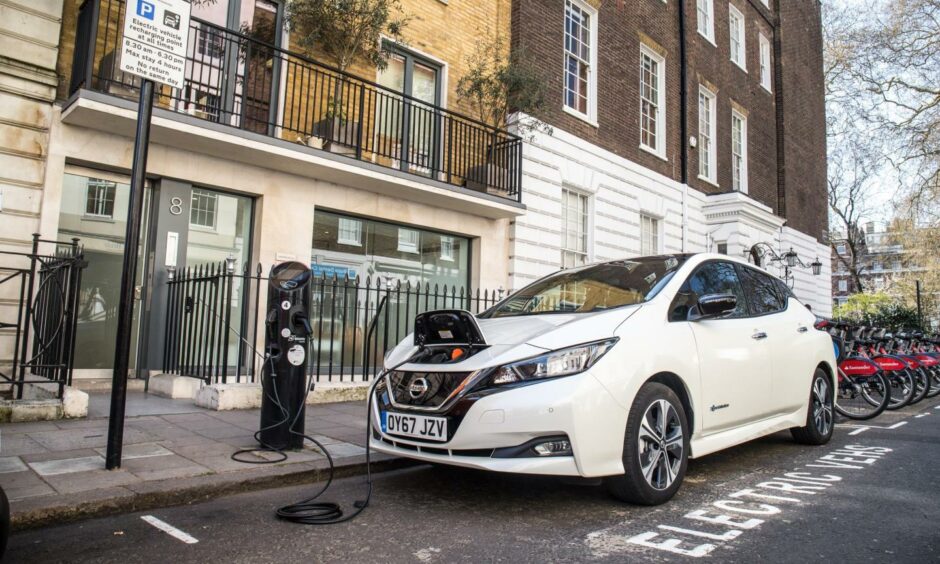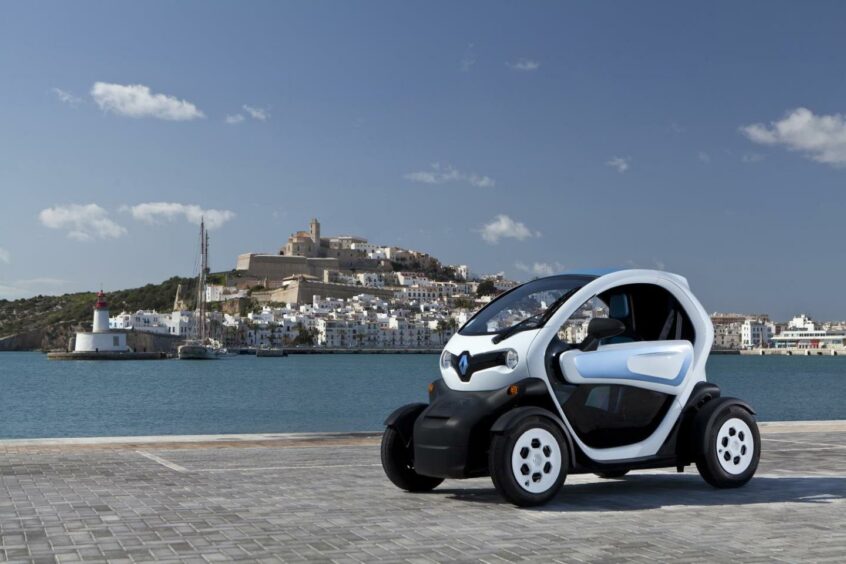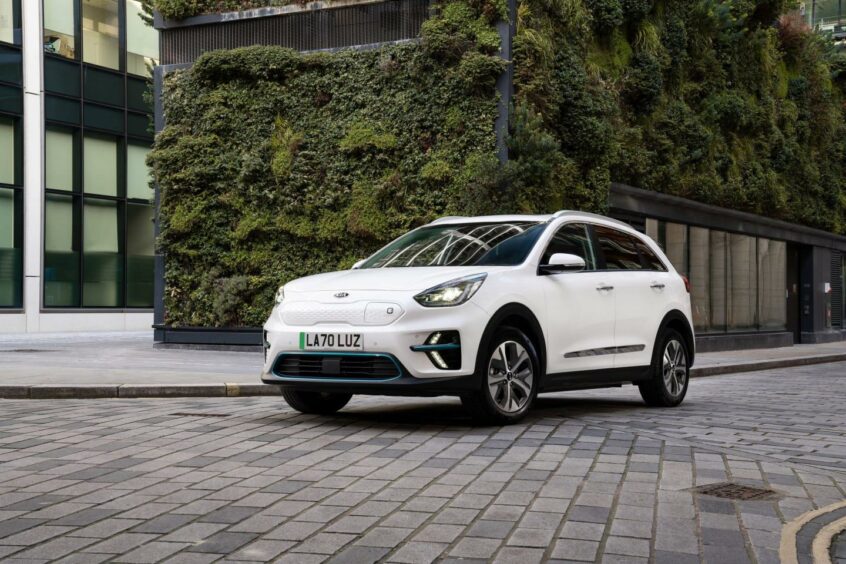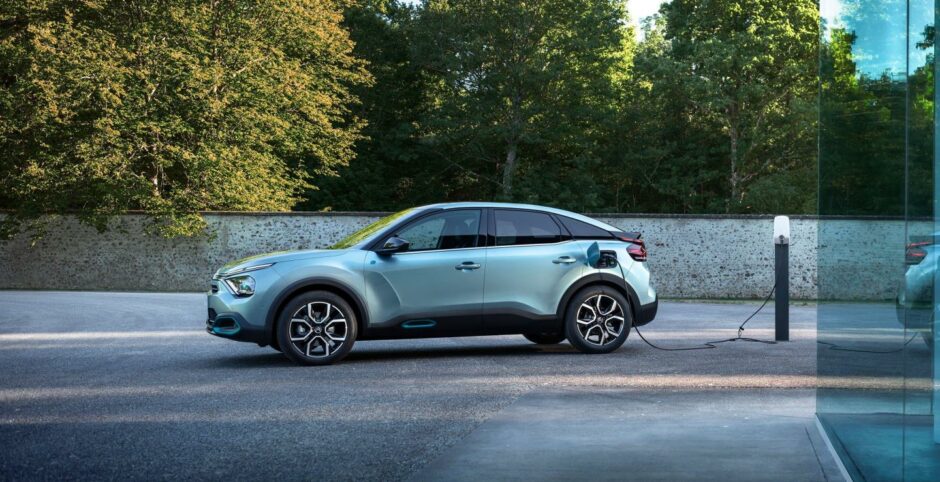The sale of new electric cars has soared in recent months, with 2021’s end-of-year figures showing impressive demand for battery-powered models.
With infrastructure increasing too, 2022 is shaping up to be an even bigger year for EVs.
With this popularity, it also means that more cars are filtering into the used market. But if you’re looking at a used EV, what should you be looking out for? We’ve got some key areas to check out below.
Have a look at its service history
Though its powertrain might be different, certain things you need to check on an EV are the same as a regular combustion-engined car. So take a look at its service history and make sure that it has been having routine servicing.
Though EVs don’t have as many moving parts as a petrol or diesel car, they still need to be checked over by professionals at routine intervals to ensure that key components such as brakes and the suspension are operating as they should.
Check out its tyres
Again, this is a pretty standard check for all cars but a worthy one for EVs too. Many electric cars use tyres that are made specifically for electric cars, so it’s a good idea to check whether or not the used model you’re looking at is wearing this type of tyre.
Have a look at the sidewalls for any cracking or cuts and, of course, make sure that the treads are within the UK’s legal limit of 1.6mm.
Check for any outstanding finance
As with most used cars an extra safety net can be had with an HPI check. You’ll pay for this service – a range of suppliers offer this so shop around for the best price – and it’ll flag up any outstanding finance payments, as well as if the car has been declared an insurance write-off.
Despite bringing a small fee, it’s a great thing to do if you want added peace of mind about a used car purchase.
Check if the battery is leased
Though it’s not awfully commonplace on modern electric cars, many older models featured a battery leasing system, meaning that the battery was paid for separately to the vehicle itself. You’ll have to pay a monthly fee for the battery – which remains the property of the manufacturer – but you will own the car. It can be quite a confusing arrangement, which is why it’s really worth checking out.
The monthly payments do, however, cover any faults with the battery and will also mean that you’ll get a replacement should the one currently fitted to the car degrade and not offer the same amount of range as when new.
Cars like the original Renault Zoe and Twizy employ a battery leasing scheme – though current models no longer do – and you’ll be paying between £50 and £100 a month for it.
It’s also worth doing an HPI finance check with any battery-leased EV to ensure that there are no outstanding finance payments on the battery itself. If this were the case, you’d be liable for the payments if you bought the car.
Have a look if a warranty is included
Like all cars, it’s a good idea on a used EV to see if there is a warranty included. However, where these differ from ‘conventional’ cars is that there are usually two separate warranties – one for the car and one for the battery. It’s worth checking the finer details, such as how many miles the warranty lasts for or how many years they’ll cover the car.
For example, Kia offers a long seven-year warranty for its cars and the same for the battery. However, this latter warranty doesn’t cover battery degradation, so if the level of charge delivered by the car drops, it won’t be replaced by the manufacturer.
Double-check that all charging leads are present
The charging lead is an absolutely crucial part of an EV’s standard equipment. After all, if you haven’t got leads then you’ll not be able to charge at home or at some public chargers. Though most public chargers do supply a charger, you’ll still want to have your own for when you want to plug in elsewhere.
So take a look in the boot (where many electric cars have these leads stored) or under the boot floor. Other cars, like the Audi e-tron, have a ‘frunk’ at the front of the car which is where the leads are kept – so check here too. If you can’t find them, make sure to enquire with the dealer or retailer before purchasing the vehicle.
Use the quiet to your advantage
Thanks to their silent running, an electric car will quickly highlight any mechanical issues. So when you’re taking the car for a test drive, make sure to use this quiet to your advantage and listen out for any odd noises or sounds.
Make sure to give the steering a good test too. One of the best ways to do this is to find a large, open area – like a supermarket car park – and drive slowly with the steering on full lock in one direction and then another. Doing so will flag up any suspension or steering issues very quickly.
